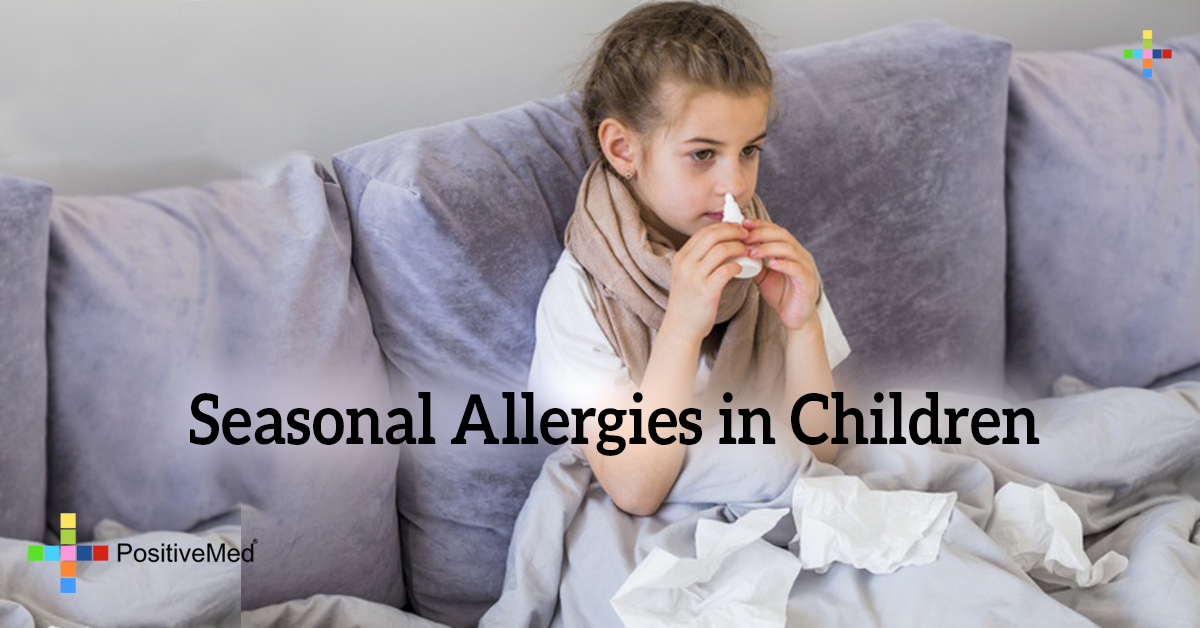Allergies are a growing concern for children worldwide. These immune system responses to typically harmless substances can significantly impact a child’s quality of life, affecting their health, activities, and even emotional well-being. With proper understanding and management, parents and caregivers can help children navigate allergies effectively. This comprehensive guide covers the types, causes, symptoms, diagnosis, treatment, and prevention of allergies in children.
Types of Allergies in Children
1. Food Allergies
Food allergies occur when the immune system reacts abnormally to specific proteins in foods. Common allergens include:
- Milk
- Eggs
- Peanuts
- Tree nuts
- Soy
- Wheat
- Fish
- Shellfish
2. Seasonal Allergies (Hay Fever)
Also known as allergic rhinitis, seasonal allergies are triggered by environmental factors like pollen from trees, grass, or weeds.
3. Skin Allergies
Skin reactions are often caused by allergens or irritants and include:
- Eczema (atopic dermatitis)
- Hives (urticaria)
- Contact dermatitis
4. Respiratory Allergies
These allergies affect the respiratory system and can be caused by:
- Dust mites
- Mold
- Pet dander
- Cigarette smoke
5. Drug Allergies
Some children may experience allergic reactions to medications, such as antibiotics (e.g., penicillin) or nonsteroidal anti-inflammatory drugs (NSAIDs).
6. Insect Sting Allergies
Insects like bees, wasps, and ants can cause severe allergic reactions in some children.
Causes of Allergies in Children
Allergies arise when the immune system mistakenly identifies a harmless substance as a threat and produces antibodies to fight it. This process can be influenced by:
- Genetics: Children with a family history of allergies or asthma are more likely to develop allergies.
- Environmental Factors: Exposure to allergens, pollutants, and infections can increase sensitivity.
- Dietary Habits: Early exposure to certain foods may either increase or decrease the risk of allergies.
- Immune System Development: An underdeveloped immune system in young children can lead to higher susceptibility.
Symptoms of Allergies in Children
Symptoms vary depending on the type of allergy but may include:
1. Food Allergy Symptoms
- Hives or rash
- Swelling (especially around the face and throat)
- Vomiting or diarrhea
- Difficulty breathing
2. Seasonal Allergy Symptoms
- Runny or stuffy nose
- Sneezing
- Itchy, watery eyes
- Coughing
3. Skin Allergy Symptoms
- Red, itchy patches
- Blistering or peeling
- Dry, scaly skin
4. Respiratory Allergy Symptoms
- Wheezing or shortness of breath
- Chronic cough
- Chest tightness
- Nasal congestion
Diagnosing Allergies in Children
Accurate diagnosis is essential for effective management. The diagnostic process may include:
1. Medical History
- Documenting symptoms, triggers, and family history.
2. Physical Examination
- Checking for signs of allergic reactions like skin rashes or nasal swelling.
3. Allergy Tests
- Skin Prick Test: Identifies specific allergens by exposing the skin to small amounts of potential triggers.
- Blood Test: Measures the level of immunoglobulin E (IgE) antibodies in the blood.
4. Food Challenges
- Conducted under medical supervision to confirm food allergies.
Managing Allergies in Children
Managing allergies involves reducing exposure to allergens and treating symptoms. Here are key strategies:
1. Avoid Triggers
- Read food labels carefully.
- Keep windows closed during high pollen seasons.
- Use hypoallergenic bedding to reduce dust mites.
2. Medications
- Antihistamines: Reduce sneezing, itching, and hives.
- Decongestants: Relieve nasal congestion.
- Corticosteroids: Manage inflammation in nasal sprays or creams.
- Epinephrine Auto-Injectors: Treat severe allergic reactions (anaphylaxis).
3. Immunotherapy
- Allergy shots or sublingual tablets can help desensitize the immune system over time.
4. Education
- Teach children to recognize symptoms and avoid allergens.
- Inform teachers, babysitters, and caregivers about the child’s allergies.
Preventing Allergies in Children
While some allergies cannot be entirely prevented, certain measures may reduce the risk:
1. Breastfeeding
- Exclusive breastfeeding for the first six months can strengthen the immune system.
2. Introduce Allergenic Foods Early
- Introducing potential allergens like peanuts and eggs during infancy may lower the risk of developing food allergies (consult a pediatrician first).
3. Maintain a Clean Environment
- Regularly clean and vacuum to minimize exposure to dust, mold, and pet dander.
- Use air purifiers to reduce airborne allergens.
4. Avoid Smoking
- Protect children from secondhand smoke, which can exacerbate respiratory allergies.
Complications of Untreated Allergies
If left unmanaged, allergies can lead to complications such as:
- Anaphylaxis: A life-threatening reaction requiring immediate medical attention.
- Asthma: Untreated respiratory allergies may develop into chronic asthma.
- Chronic Sinusitis: Ongoing nasal congestion can lead to sinus infections.
- Emotional Impact: Allergies can cause anxiety, stress, and social isolation in children.
Role of Technology in Managing Allergies
Modern technology offers tools to help manage allergies more effectively:
1. Allergy Apps
- Track symptoms, triggers, and medications.
- Provide pollen and air quality forecasts.
2. Wearable Devices
- Monitor vital signs and detect allergic reactions.
3. Smart Home Devices
- Air purifiers and humidifiers equipped with allergen sensors.
When to Seek Medical Attention
Seek immediate medical help if a child experiences:
- Difficulty breathing or swallowing
- Swelling of the face, lips, or tongue
- Severe abdominal pain or vomiting
- Sudden drop in blood pressure (fainting, dizziness)
Conclusion
Allergies in children are a manageable condition with the right knowledge, resources, and proactive measures. By identifying triggers, following medical advice, and implementing preventive strategies, parents and caregivers can help children lead healthier, happier lives. Remember, early intervention and education are key to minimizing the impact of allergies and ensuring a bright future for your child.

